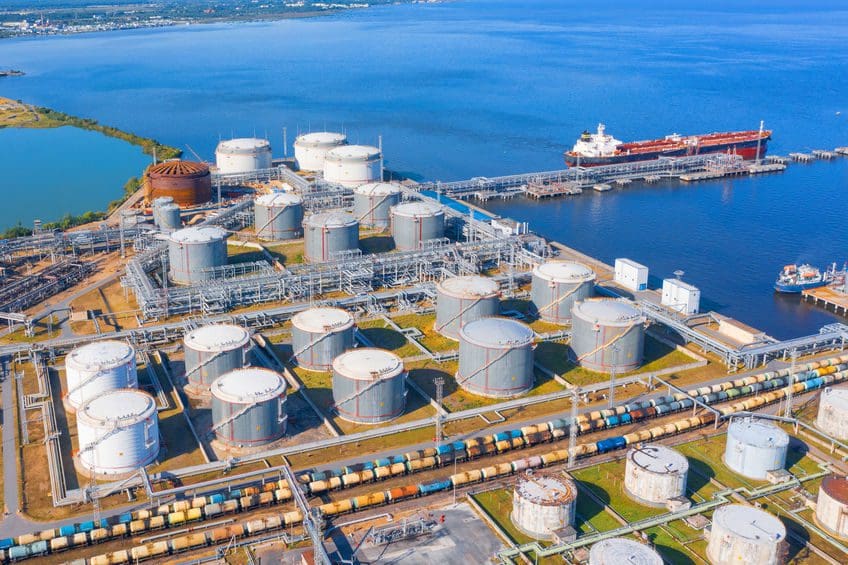Even though crude oil prices rebounded about 15 percent this week, oil inventories continued to rise as energy demand and economic conditions declined.
Spot crude oil prices closed at $25.09 on Wednesday at Cushing, Ok., and posted prices for North and West Central Texas closed at $20.25 for most purchasers, according to crude oil prices posted on the web page of the Texas Alliance of Energy Producers.
However, many oil producers in Texas have been told by their current purchaser that they will not be purchasing their oil after May 15 because inventories and storage capacity are very tight.
The Energy Information Administration (EIA) reported Wednesday U.S. oil inventories increased for the ninth consecutive week since Jan. 17 to 469 million barrels, which is a 15.2 million barrel increase from the previous week.
“Prices for RBOB gasoline futures have collapsed, and some refineries have even faced negative margins for selling gasoline,” Oilprice.com reported. “That is a reflection of the deep decline in demand. Price signals are telling refineries to cut back on production. U.S. gasoline demand fell from 8.837 million barrels per day (b/d) on March 20 to 6.659 million b/d on March 27.”
EIA forecasts significant decreases in U.S. liquid fuels demand (gasoline, jet fuel and other distillates) with the largest impacts occurring in the second quarter of 2020 (April through June), before gradually dissipating over the course of the next 18 months.
For the April–September 2020 summer driving season, EIA forecasts U.S. regular gasoline retail prices will average $1.58 per gallon (gal), down from an average of $2.72/gal last summer. The average price this week is $1.92, which is a decline of 8 cents from last week’s average.
EIA forecasts U.S. crude oil production will average 11.8 million b/d in 2020, down 0.5 million b/d from 2019. Typically, price changes impact production after about a six-month lag.
Many large producers in the U.S. have announced they will cut capital expenditures and reduce crude oil production during the second quarter because of the oversupply and low prices.
The Texas Railroad Commission, the agency that regulates oil and gas in Texas, will hold a meeting next week to discuss the excess in supply and possible remedies. Scott Sheffield, CEO of Pioneer Natural Resources, told CNBC his company sent a letter to the RRC asking for the meeting. He proposed implementing a mandatory 20 percent reduction in oil production in Texas, which would cut about 1 million b/d from the current 5 million b/d produced in Texas.
The U.S. Department of Energy has asked Congress for $3 billion to purchase oil for the Strategic Petroleum Reserve, and a group of Senators and Representatives have said they will sponsor legislation to authorize the purchase.
Alex Mills is the former President of the Texas Alliance of Energy Producers.
Alex Mills is the former President of the Texas Alliance of Energy Producers. The Alliance is the largest state oil and gas associations in the nation with more than 3,000 members in 305 cities and 28 states.






